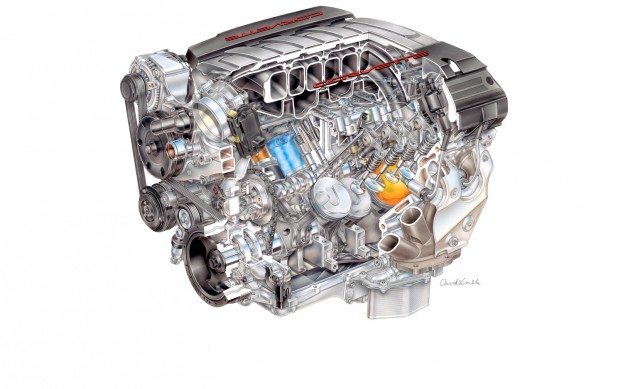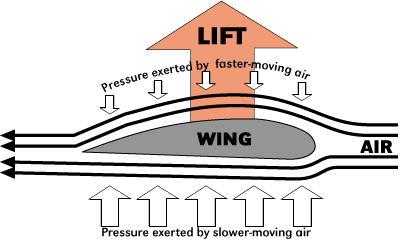Big news out of General Motors today with the announcement of the new LT1 V8 that will be replacing the venerable LSx family of engines in the next Corvette. The 6.2 liter V8 makes 450 horsepower and 450 ft-lbs of torque and is projected to get 26 mpg in the C7 thanks to cylinder deactivation and direct injection. Interestingly enough, GM was able to improve the gas mileage by increasing the displacement, not reducing it. The larger 6.2 liter engine means a 3.1 liter V4 when the engine is running in cylinder deactivation mode. The V4 makes enough power that it can be used more often in the engine’s duty cycle which reduced the overall consumption of the engine. V8 power only when you need it. Very clever. Head over to Motor Trend’s article to read up on all of the details with pictures and dyno videos of the new engine.
Category Archives: Science & Engineering
Space Shuttle Endeavour’s Final Journey – LA Times
This is the third installment of the Space Shuttle Endeavour’s trip to its final resting place at the California Science Center. Our first look at the trip was the loading of the shuttle on to a Boeing 747 and then its subsequent flight over Southern California. This third and probably final leg of the journey is the 12 mile trek on the streets of Los Angeles between LAX and the California Space Center. The trip ended up being a logistical nightmare and nobody took a video of it in its entirety. The LA Times compiled this time lapse video using the photographs taken by the press and bystanders.
Source: Practikel Tube on YouTube
Startrails – International Space Station
The International Space Station seeks to make me a liar today. I said the Gradient Sun video from NASA would be the most astonishing thing you would see today. This time lapse Startrails video shot from the ISS definitely gives it a run for the money.
ISS Startrails – TRONized from Christoph Malin on Vimeo.
Source: via Gizmodo
Gradient Sun – NASA
“The lines between art and science can sometimes blur.” This video from NASA will probably be the most astonishing thing you see today. Scientists are trying to study a phenomenon on our sun known as coronal loops. The footage from NASA’s Solar Dynamics Observatory was run through a gradient filter to highlight the contrast of the fine structures of the coronal loops which would have otherwise been lost in background noise. You can only describe the result as a work of art.
Source: NASA Goddard on YouTube
How a Bird Wing Works – Smarter Everyday
Destin from Smarter Everyday just got back from a trip to the jungles of South America to capture some high speed footage of macaws and parrots. He was helping researchers figure out some odd feeding habits caused by a mineral shortage on the western side of the continent. It turns out that the moisture required to sustain the rain forests comes from the Atlantic ocean to the east. By the time it reaches the west coast of South America, the sodium content of the rain has dropped to almost nothing. The macaws and parrots then don’t get enough sodium from the fruit that they eat and have to resort to eating clay.
Of course since Destin is an engineer by trade and nature, he went through the footage to see if he could learn anything about bird flight. When birds glide, their wings have the same foil shape as airplane wings:


